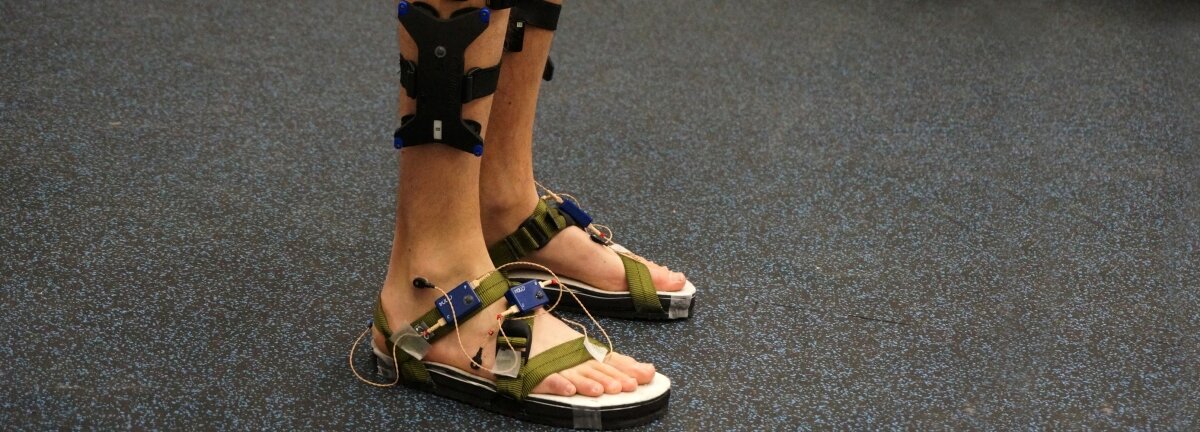Walk with Path: the importance of user testing

Walk with Path are a healthcare company working to improve mobility for people with Parkinson’s. Winners of MedTechSouthEast for two amazing and innovative products, they secured a place on an accelerator programme offering fast tracked access into the NHS. In this second instalment documenting their progress, inventor Lise Pape takes their products for a test run and conducts some fundamental user testing.
Path Feel and Path Finder
We have two products that are currently being developed and tested with users, Path Feel and Path Finder. Path Feel is an insole that provides vibrations to the user when walking, to enhance sensory perception of the environment and help to trigger movement. Path Finder, is a shoe with lasers at the front which project green lines ahead as the person walks. The aim is to tackle 'freezing of gait', a common challenge for people with Parkinson’s, who describe it as feeling as though their feet are glued to the floor. The idea is that simple visual cues, such as the green lines on the floor to step over, help the brain to visualise and focus on the act of walking.
User research opportunities
Last week we were given the all-important opportunity to user test our Path Finder shoes. We took a trip to The Netherlands to visit our collaboration partners at Radboud University in Nijmegen. Radboud University are specialists in Parkinson’s disease and the specific symptom that Path Finder addresses, freezing of gait.
Testing
We had the opportunity to attend a patient trial on the first day. The patient, who has suffered from Parkinson’s disease for more than 20 years, trialled the shoes with and without an active laser cue. He was asked to walk in straight lines and through an obstruction course to provoke a freezing episode, as this normally results from a narrowing of the walking space.
These results were used to evaluate how his performance changed with and without the visual cue using a range of sensors and 3D motion systems. This lab-based testing is followed up by a longer term test where the patient wears the shoes for up to two weeks.
Findings
We already had some indication that the way of walking completely changes when the visual cues are administered. It can go from shuffling to a proper step walk in some patients. The user testing really helped to reinforce this learning. Furthermore, during the testing, we also saw the user being more clumsy than we had expected i.e. one foot hit the other quite frequently, hence hitting the prototype, which could potentially cause it to break. This was helpful for us as now we know now that the next prototype, among other requirements, needs to be far more robust.
In conclusion, the user testing has been really positive. We found that there is the potential to really make a difference to the user and to help with freezing of gait, which is all we need to know to continue our work and to keep improving Path Finder.
Subscribe to our newsletter
Want to keep up with the latest from the Design Council?
